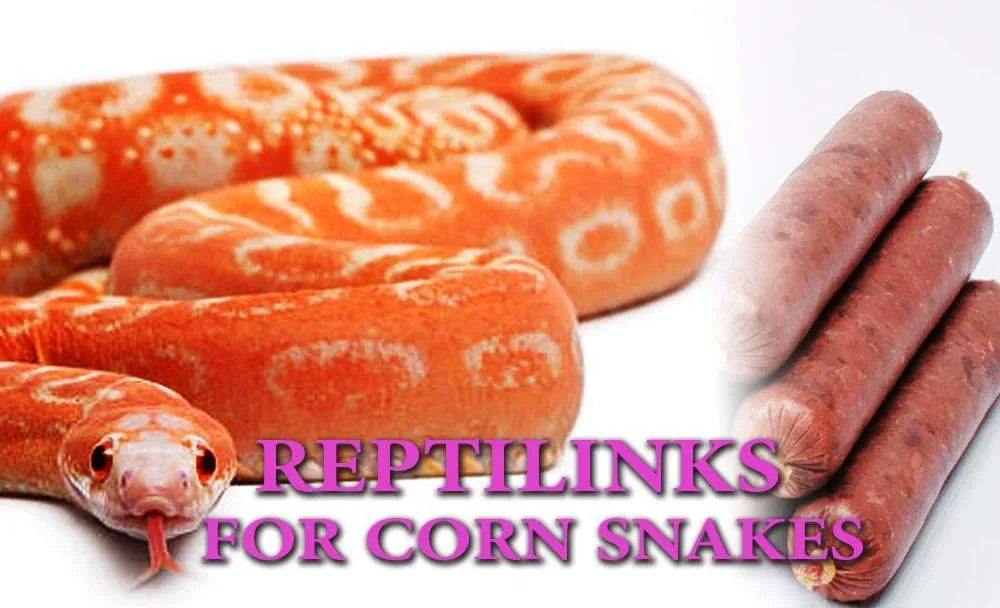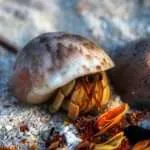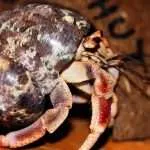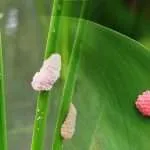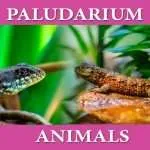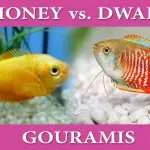If you are a Corn Snake owner, tired of feeding mice to your pet snake, and want to know about other alternative snake food, and if your Corn Snakes can eat Reptilinks.
This blog post will answer your questions about Reptilinks and everything you need to know about what can Corn Snakes eat besides mice.
Can Your Corn Snakes Eat Reptilinks?
The answer is Yes. Corn Snakes like Reptilinks Sausages, and many pet snake owners also prefer to feed their Corn Snakes other foods they can eat instead of rats.
While rodent prey is one of the most natural foods for a Corn Snake, Reptilinks are an excellent alternative, as more pet owners are uncomfortable with keeping rodents in their freezers.
What are Reptilinks?
Reptilinks are substitute food for snakes and reptiles.
They are made from organic vegetables and fruits mixed with natural prey like chickens, fowls, Guinea fowl, quail, or frogs, mashed and made into sausages.
These sausages are then made into different sizes and are fed to snakes or reptiles, depending on their size.
The benefits of Feeding Corn Snakes Reptilinks
Reptilinks contain all the ingredients your pet needs to live a healthy life and make good alternative snake food.
They are also scented to make your Corn Snake think it is eating prey.
Beyond being an alternative to rodents, Reptilinks also contain more nutrients and calories than rodents, so you may need to space out feeding them to your Corn Snakes.
Feeding your Corn snake Reptilinks can help you save money; it is more economical than providing rodents.
It is advisable not to freeze the Reptilinks for more than 3-months, and it shouldn’t be kept in the refrigerator for more than a week before your Corn Snake eats it.
While Reptilinks is an excellent alternative to rodents, ensure you feed it to your Corn Snake before giving up rodents.
This way, your Corn Snake gets to taste it and decide whether it likes it. If the Reptilinks are correctly scented, your Corn Snakes will eat them without problems or giving up rodents.
Other Foods You can feed Corn Snakes.
Many Corn Snake owners want to know if their Corn Snakes can eat Reptilinks or other food they can give their pet snake. Let’s talk about foods or preys you can provide for their corn snake.
Corn Snakes are carnivorous animals; they love small animals that the snakes can easily constrict and swallow without hurting themselves.
They hunt primarily through their sense of smell.
Corn Snakes are usually near where mice have nests in the wild because mice are their primary food.
Mice are also the best food to give them in captivity. You can either give them live or frozen mice.
Common Alternative Snake Food
While Mice are their primary food and contain all the nutrients they need, they are not the only food you can feed your Corn Snake.
Other prey they enjoy are:
- Frogs,
- Squirrels,
- Lizards,
- Rabbits, and
- Birds.
They can also feed on small snakes, including other Corn Snakes. In the wild, they also feed on bird eggs.
Corn Snakes perceive prey through body heat and smell, so feeding them in another enclosure is best to mitigate against mistaking your hands for food.
When you feed them in their enclosure, they may mistake you opening the compartment as feeding and bite your hands.
Corn Snakes’ Feeding Frequency
When kept as a pet, Corn Snakes’ eating habits are no different from when in the wild.
Like the food, the frequency of their feeding is the same.
It will help if you feed your hatchling Corn Snakes every 5-7 days, juveniles every seven days, and adults every 10-14 days.
You can reduce this frequency when your Corn Snake is shedding, as they may likely lose their appetite.
If you have hatchlings, you should feed them pinkie mice and increase the size as your pet Corn Snake grows.
Do not mistake overfeeding or giving your Corn Snake prey that is too big for it.
Make sure the prey is the same width as the head of the Corn Snake or slightly wider.
Water Intake of Corn Snakes
Always provide your Corn Snake with water (I recommend a shallow water dish).
Water will help your Corn Snake defecate properly.
Always ensure that the water is clean and non-chlorinated.
Moreover, look for defecation close to or inside the water. If you find this, remove the water and refill it with a clean one immediately.
How to Safely feed your Corn Snake
Corn Snakes get aggressive when hungry or about to feed, so care should be taken when you provide them food.
While the typical Corn Snake defensive bite isn’t something to worry about, the bite from feeding can sometimes cause severe damage.
If your Corn Snake mistakes your hand for food, or you come in between the food and the Snake, and it bites, it may not let go quickly.
The Corn Snake’s teeth hook into prey and hold it down. If it snaps at your hand, it may use all its teeth and not easily let go.
So how do you ensure you are safe when feeding your Corn Snake? Below are some rules to follow:
Wearing Protective Gear
Always wear protective gear or hand gloves when feeding your Corn Snake.
The glove or long sleeve will limit the body heat transferred to the Corn Snake and reduce the chance of mistaking your hand for food.
It will also limit the damage if the Corn Snake bites your hand.
Access Your Corn Snake Gently
When you want to feed your Corn Snake, approach gently.
Corn Snakes become aggressive when spooked or approached in a rush and may lash out to defend themselves.
Keep a Separate Feeding Enclosure
Always have a second enclosure for feeding.
This way, when you open the enclosure, it will not think it’s feeding time and mistake your hand for food.
When your Corn Snake understands this feeding routine, it will only get excited when you put it in the other enclosure and not bite your hand in anticipation.
Carefully Place the Corn Snake’s food in the Enclosure.
- Do not dangle food in front of your Corn Snake; use tongs instead. That way, if it mistakes your hands for prey, it will strike at the tong, not your hand or fingers.
- When feeding your Corn Snake, lower the food/prey from the side, not from the top or above its mouth. Corn Snakes naturally become defensive when approached like this.
- Give your Corn Snake around 15-minutes to eat before returning it to its enclosure, so it can digest the food.
- If you have two or more Corn Snakes in a single enclosure, I recommend you separate them before feeding.
If not, both of them may want to strike the same food simultaneously, and if one misses, it may either injure the other or bite you.
Conclusion
Feeding your Corn Snake Reptilinks is a good mouse substitute.
As an alternative snake food, Reptilinks provide twice the calories and have more nutrients, helping you save costs.
If you don’t want to keep dead rodents in your fridge, you should buy Reptilinks from a reputable snake food supplier or online.
Like with all food, you should take precautions when feeding your Corn Snake, so it doesn’t mistake your hand for food, thereby causing you harm.
I hope this blog post has answered your question about Reptilinks for corn Snakes and other things your Corn Snake can eat.

